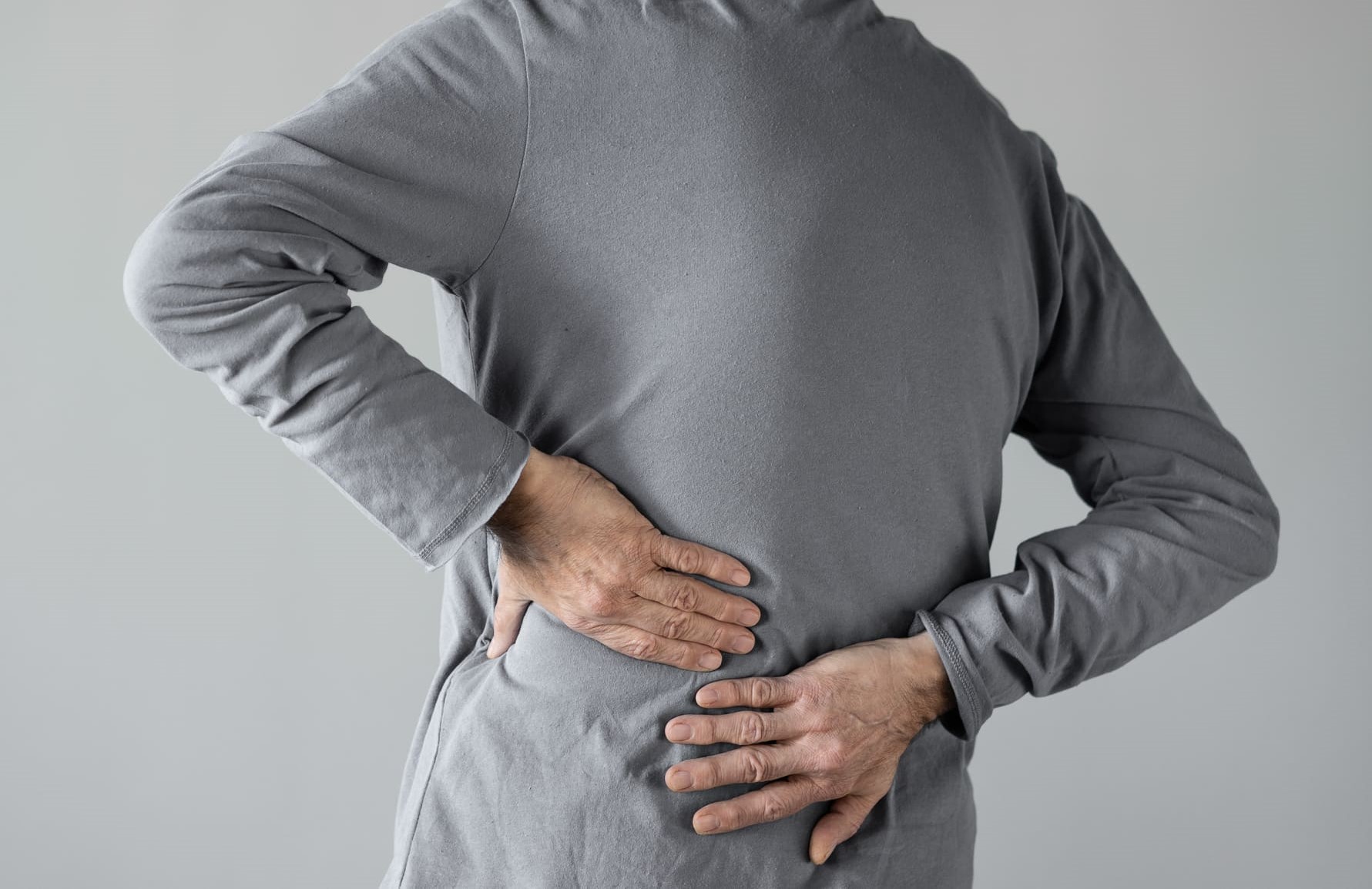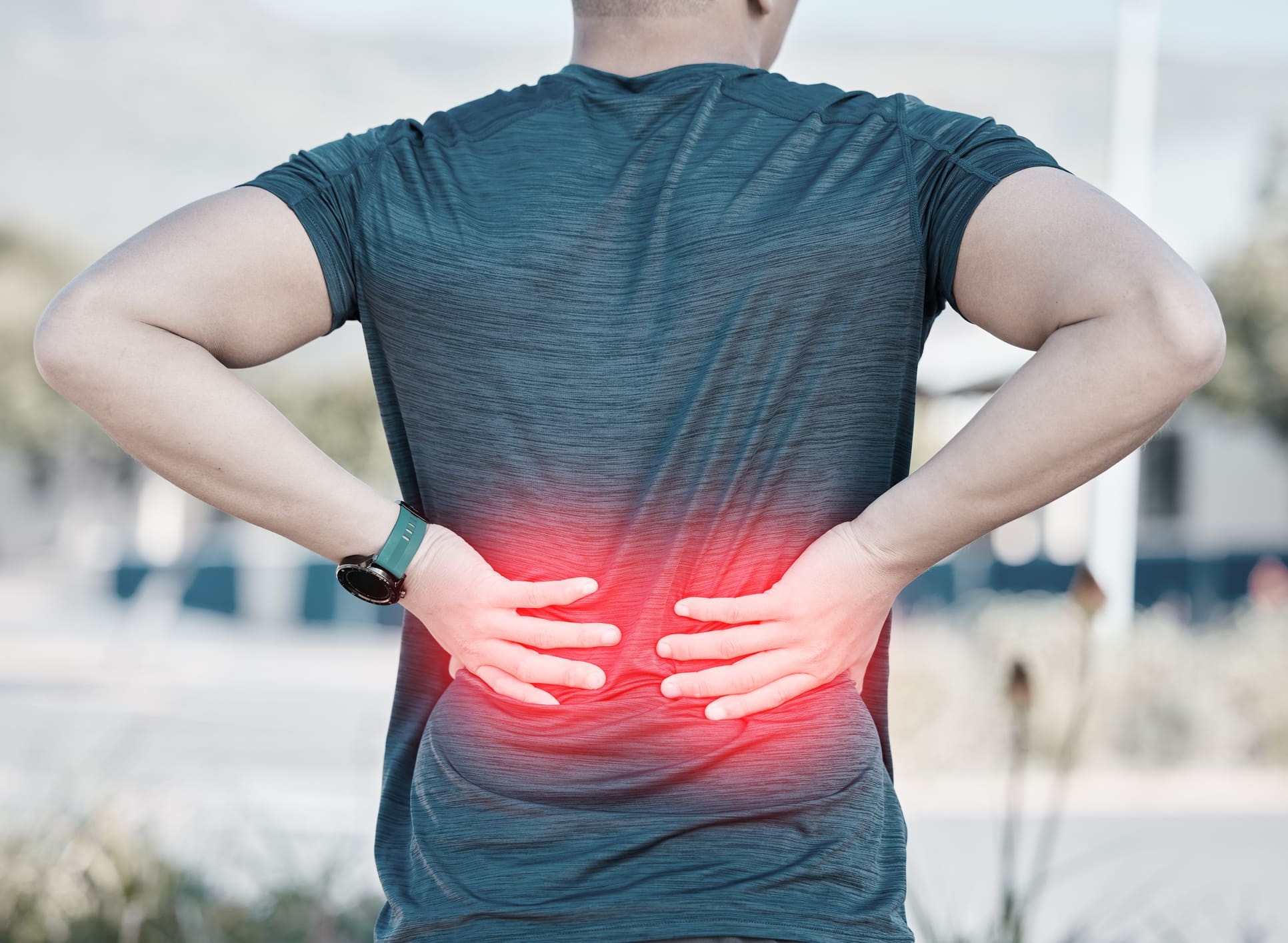Schedule An Appointment With Us
Are Your Symptoms Affecting Your Quality Of Life?
Consult our MOH-accredited orthopaedic surgeon for an accurate diagnosis & personalised treatment plan.
MBBS
MRCSEd
MMED (Ortho)
FRCSEd

Lumbar spinal stenosis is a spinal condition commonly found in older adults, characterised by the narrowing of the spinal canal in the lower back, specifically in the lumbar region. This condition primarily arises from structural changes in the spine that reduce the space within the spinal canal.
As the spinal canal becomes constricted, it places pressure on the spinal cord and nerves, resulting in various symptoms that may affect mobility and quality of life.
Lumbar spinal stenosis develops due to several factors that contribute to the narrowing of the spinal canal in the lumbar region.
Lumbar spinal stenosis has several symptoms, many of which are associated with the pressure exerted on the spinal cord and nerves from the narrowing of the spinal canal.

Diagnosis of lumbar spinal stenosis involves several steps:
Various non-surgical treatment options are available for lumbar spinal stenosis, aimed at alleviating symptoms and improving quality of life.
Physical Therapy |
Tailored exercise programs are designed to enhance flexibility, strengthen core muscles, and improve posture. These exercises can reduce pain and increase mobility. |
Pain Management |
Non-prescription pain relievers (e.g., NSAIDs) or prescription medications may be used for pain and inflammation control. Antidepressants and anti-seizure drugs can also be effective for chronic pain and nerve damage. |
Lifestyle Modifications |
The spine specialist may suggest modifying activities that exacerbate symptoms, such as limiting prolonged standing or walking. Assistive devices like canes or walkers can also be used to aid stability and alleviate symptoms. |
Epidural Steroid Injections |
These injections can provide temporary relief by reducing inflammation and pain around the affected nerves. They should be used with caution, due to their potential side effects and limitations. |
In cases where non-surgical treatments are insufficient or for more severe cases, surgical options can be considered.
This procedure involves removing a portion of the vertebrae, specifically the lamina, to create more space within the spinal canal. This can help relieve pressure on the nerves. It is often considered for more severe cases of stenosis.
Similar to a laminectomy, but involves a smaller removal of the lamina. This procedure is typically considered for less severe cases of stenosis, where only a portion of the lamina needs to be removed to relieve pressure.
This surgery enlarges the openings (foramina) where nerve roots exit the spinal canal. By doing so, it reduces the compression on the nerves, alleviating pain and other symptoms.
In instances of spinal instability, fusion surgery may be performed to stabilise the affected segment of the spine. This procedure often involves the use of hardware such as screws and rods.
Minimally invasive techniques like endoscopic surgery involve smaller incisions, which can reduce tissue damage and hasten recovery time. Procedures such as endoscopic foraminotomy or endoscopic decompression are options under this category.
Schedule An Appointment With Us
Consult our MOH-accredited orthopaedic surgeon for an accurate diagnosis & personalised treatment plan.
While lumbar spinal stenosis cannot always be entirely prevented, adopting certain strategies can help reduce the risk and slow its progression.

MBBS
MRCSEd
MMED (Ortho)
FRCSEd
With over 20 years of experience, Dr Poh Seng Yew is an orthopaedic surgeon specialising in hip, knee, shoulder and elbow surgery, sports medicine, and trauma surgery.




Weekdays: 9.00am – 5.00pm
Saturdays: 9.00am – 1.00pm
Sundays and Public Holidays: Closed
Please leave us a message, and we will be in touch with you shortly.
It is generally possible to engage in physical activities, especially low-impact exercises. Activities that exacerbate symptoms should be avoided. Consult with a spine specialist for guidance on safe exercises, tailored to individual needs.
Lumbar spinal stenosis can recur, particularly if the underlying causes persist. Ongoing management, including physical therapy and lifestyle modifications, can help prevent these risks. Regular consultations with a spine specialist can help in monitoring and managing the condition effectively.
When sitting, use a chair that supports the natural curve of the spine. Keeping knees at hip level or slightly higher can reduce pressure on the lumbar region. Using a lumbar cushion for additional support can also be beneficial.
Leaving lumbar spinal stenosis untreated may lead to the worsening of symptoms, decreased mobility, and potential complications like severe nerve damage. Seeking early diagnosis and treatment from a spine specialist can help manage symptoms effectively and maintain quality of life.